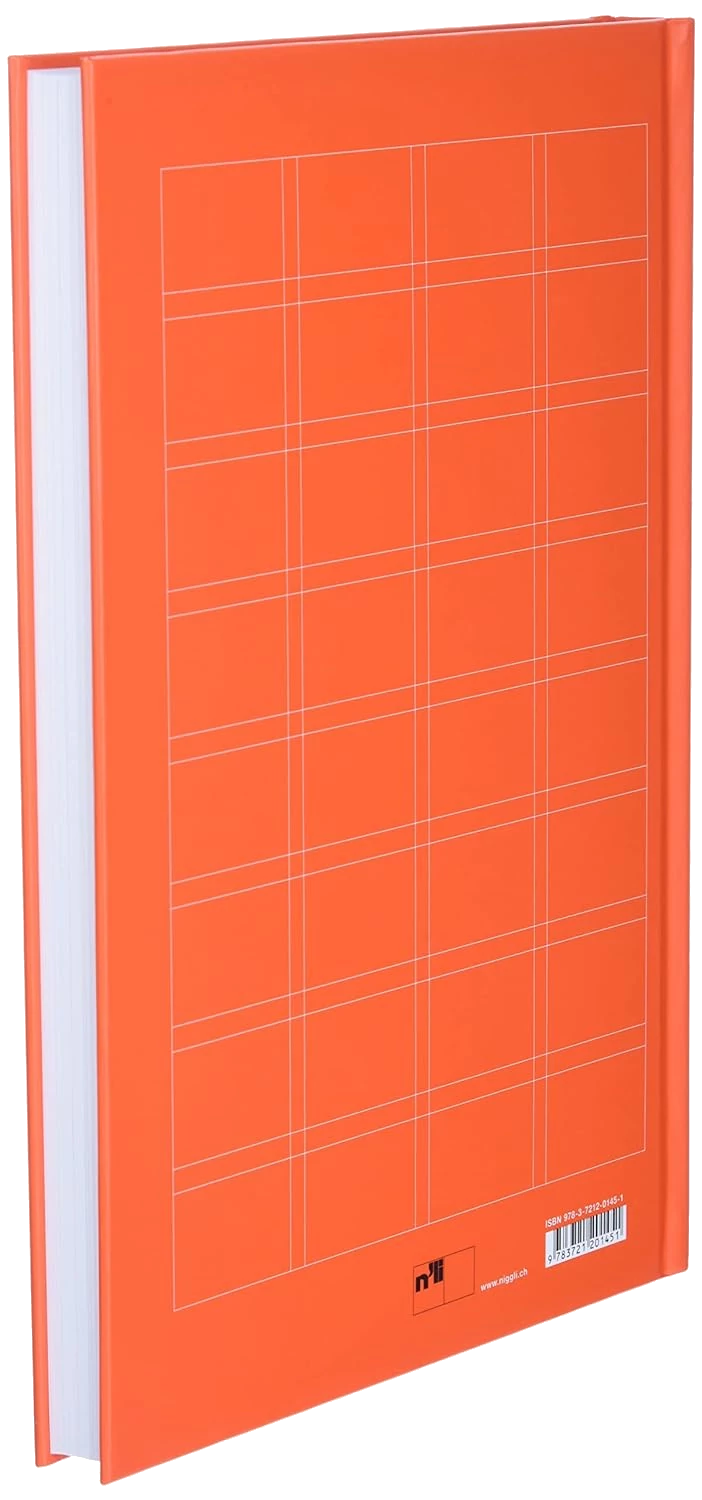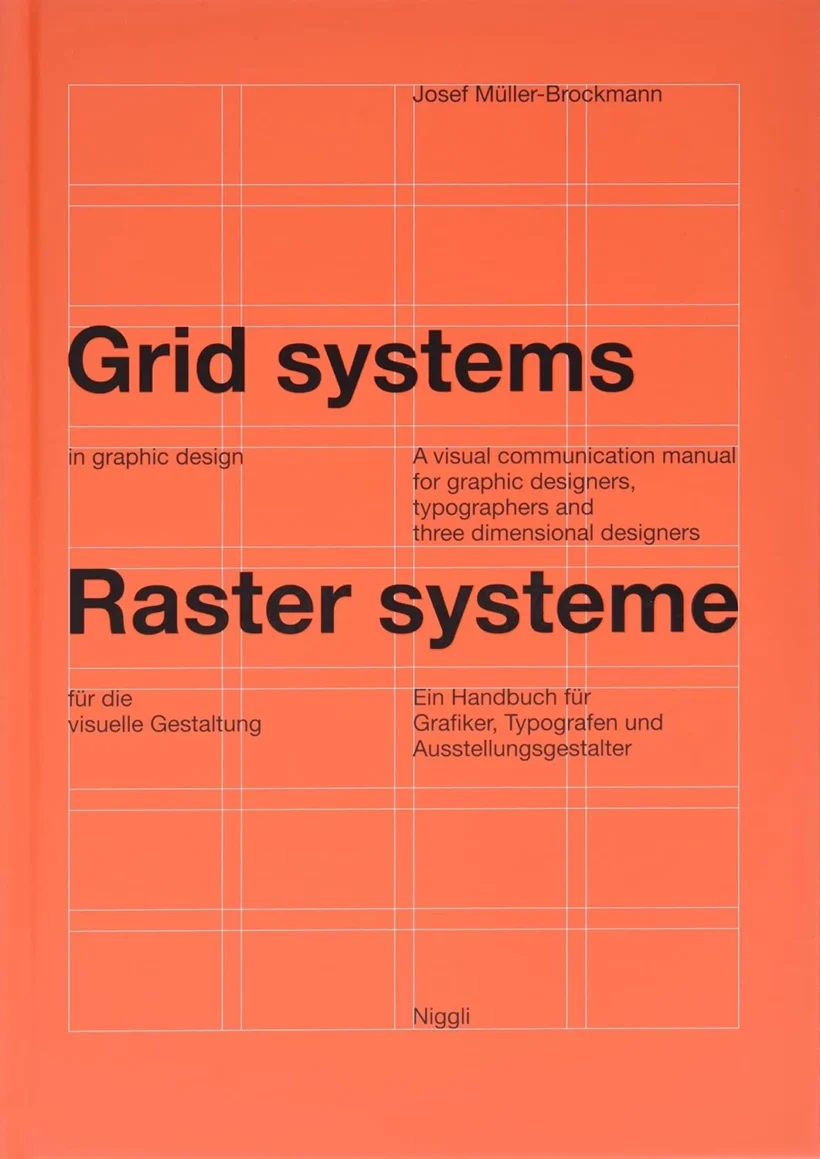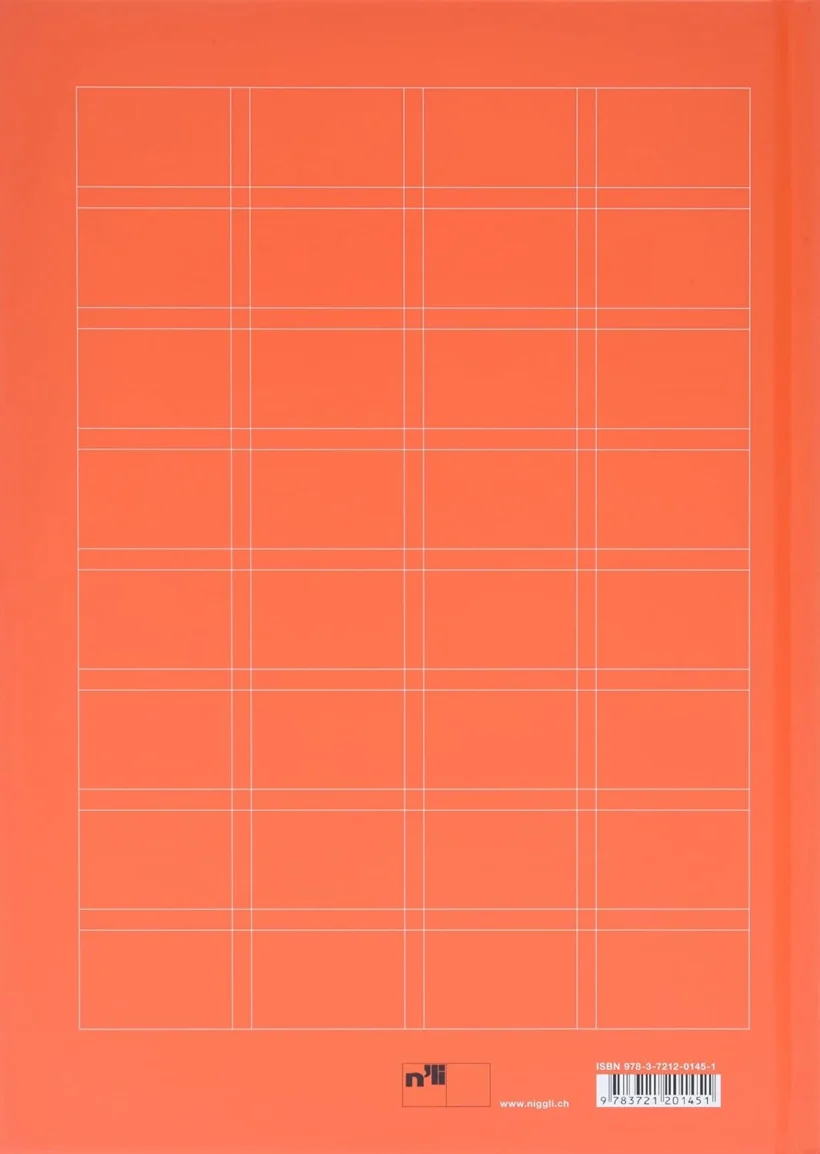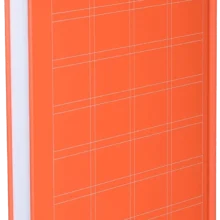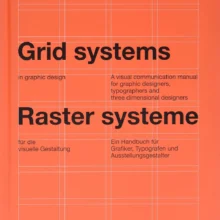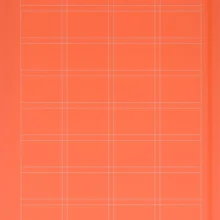Description
A grid system is a rigid framework that is supposed to help graphic designers in the meaningful, logical and consistent organization of information on a page. It is an established tool that is used by print and web designers to create well-structured, balanced designs. Rudimentary versions of grid systems existed since the medieval times, but a group of Swiss graphic designers, mostly inspired in ideas from typographical literature started building a more rigid and coherent system for page layout. The core of these ideas were first presented by M ller-Brockmann who helped to spread the knowledge about the grids thorough the world. This volume provides guidelines and rules for the function and use for grid systems from 8 to 32 grid fields which can be used for the most varied of projects, the three-dimensional grid being treated as well. Exact directions for using all of the grid systems possibe presented are given to the user, showing examples of working correctly on a conceptual level.
This book is suitable for those who work with automated text and image design. It shows examples of working correctly on a conceptual level. Exact directions for using all of the grid systems presented (8 to 32 grid fields) are given to the user. These can be used for the most varied of projects. The three-dimensional grid is treated as well. Put simply: a guidebook from the profession for the profession.
The development of organizational systems in visual communication was the service and the accomplishment of the representatives of simple and functional typography and graphic design. In the 1920s in Europe, works already arose in the areas of typography, graphic design and photography with objectified conception and rigid composition. In 1961 a brief presentation of the grid with text and illustrations appeared for the first time in an earlier book by the author. Articles published mainly in trade journals then followed.
This book now attempts to close a gap by giving examples and exact directions to the professional concerning all grid problems that can occur. The author, a world-renowned professional, thus offers his colleagues the tools to solve problems more easily.


